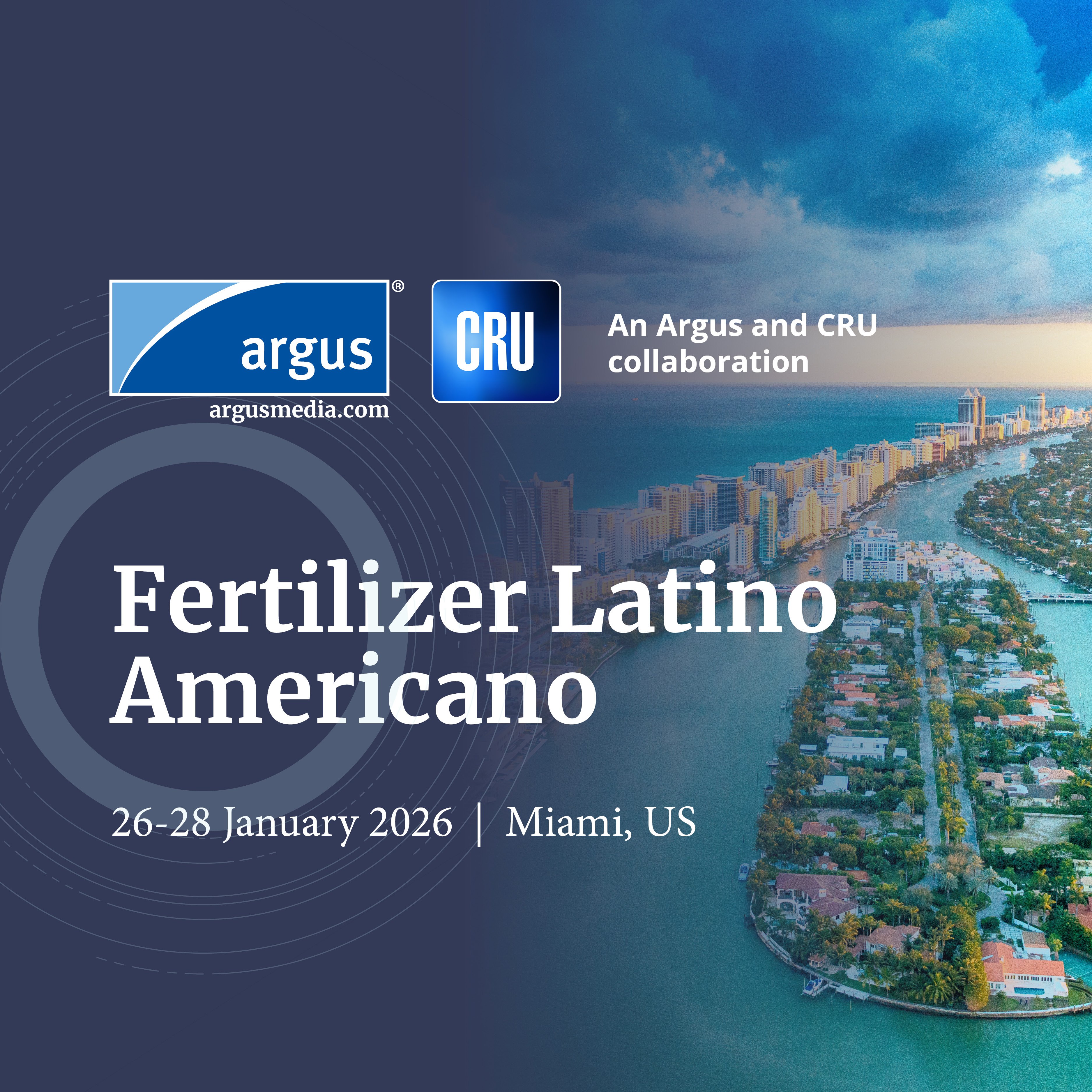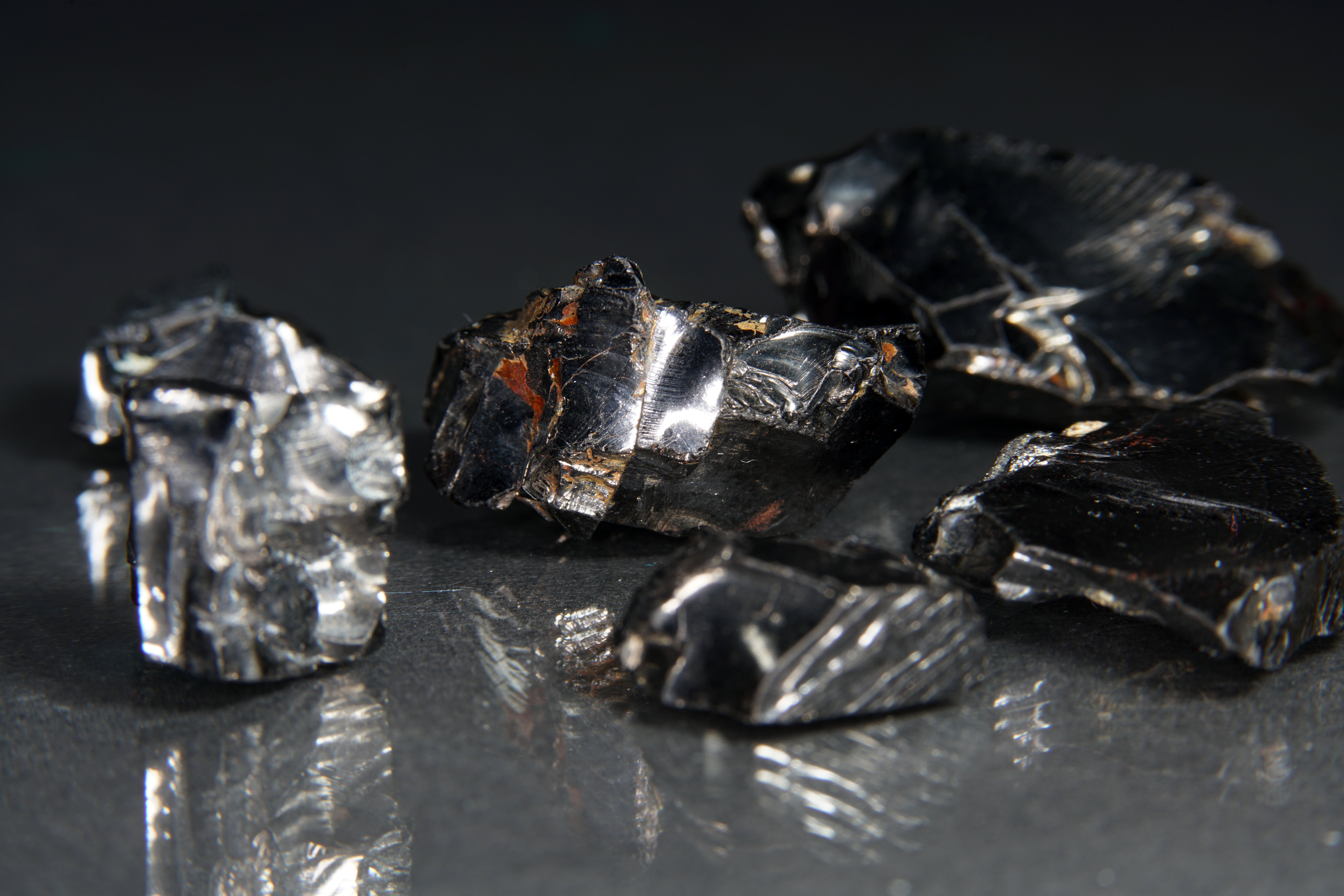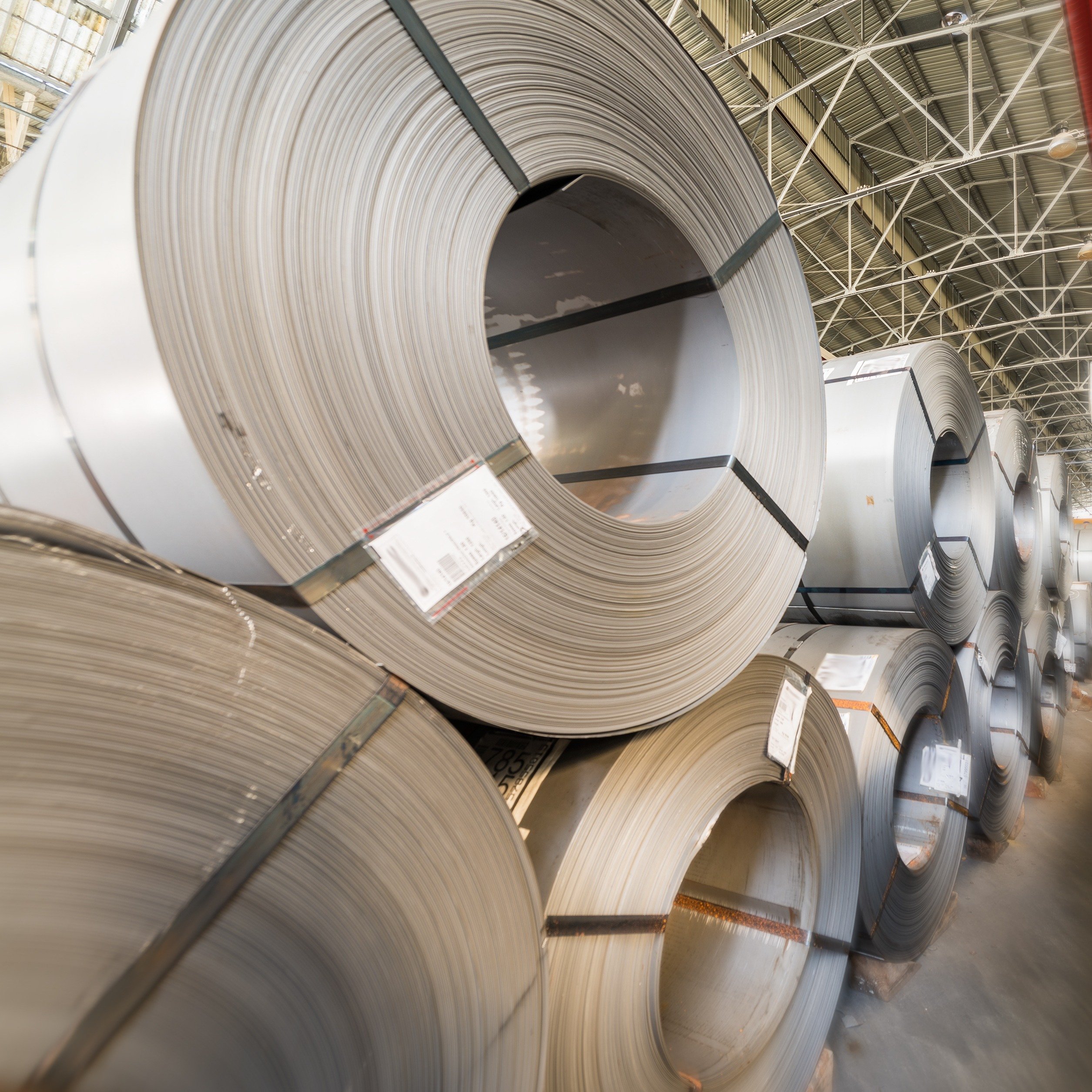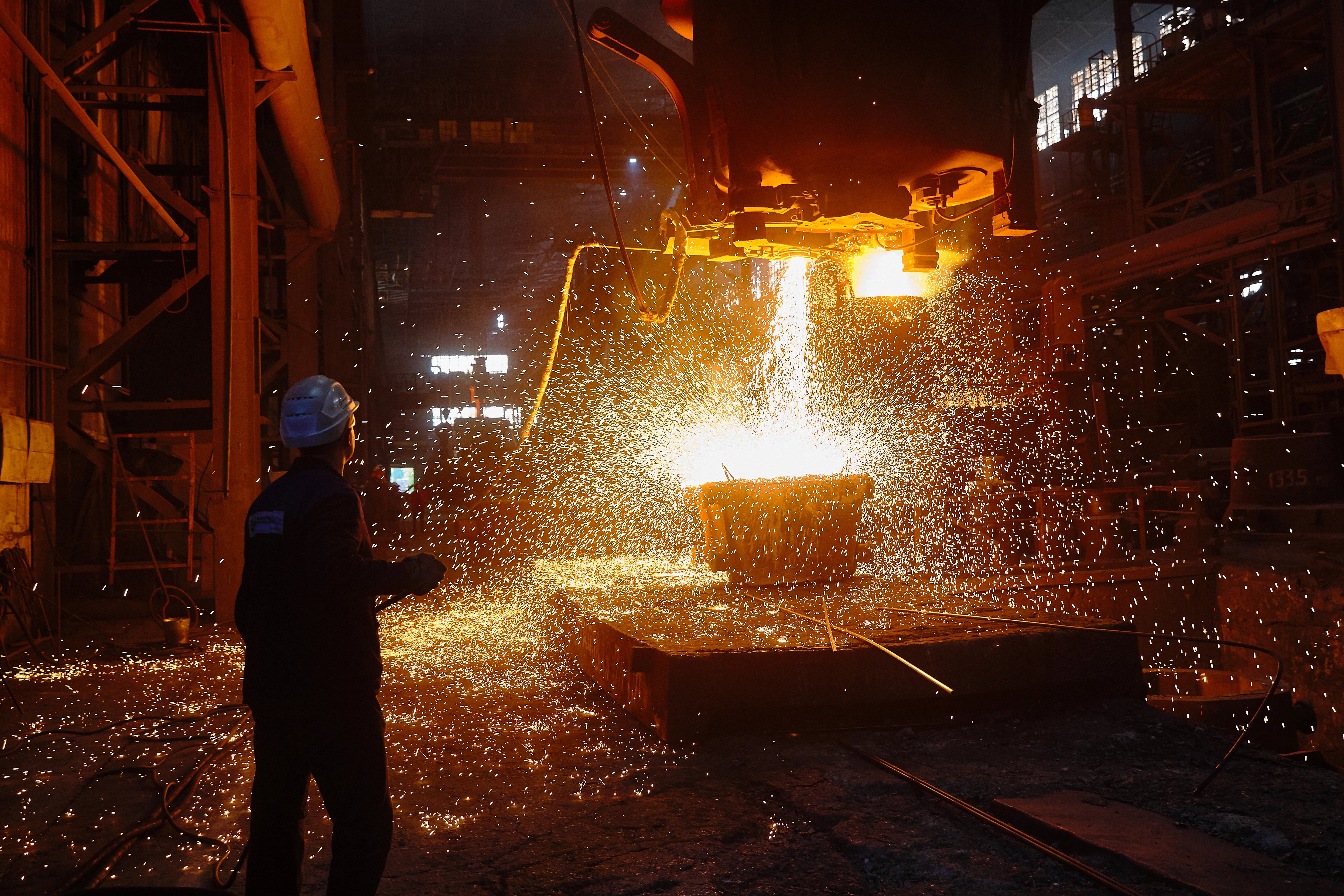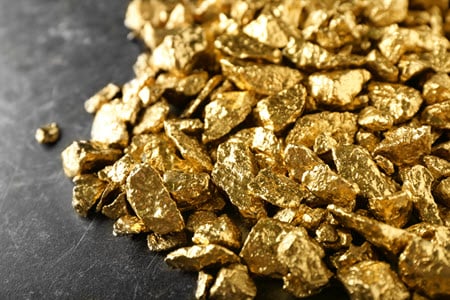Rising geopolitical tensions increase procurement risk for many critical material consumers
The metals sector has increasingly come into the limelight as geopolitical tensions between the US and China have continued to rise. China dominates the supply of critical metals (see the chart below) – many of which are dual civilian and defence-consumed metals. As such, those metals critical to the defence sector have been targets of recent Chinese trade restrictions. This in turn has a domino effect on other sectors creating supply shortages for other industries, such as auto, that rely on these materials
To counter this supply risk, the defence industry and several governments are increasingly investigating metals sourcing strategies and investing in upstream markets. Among other deals, the latest deal between MP Materials and the US Department of Defence (DoD) secures their supply of REEs and signals the growing importance of the metals sector for the defence industry.
Despite its small market size, the defence sector often punches above its weight
The defence sector usually represents less than 1% of consumption annually across critical minor metals. Despite this, the defence sector has an outsized impact on critical minor metals markets due to the significant focus on securing availability and is relatively well funded. This will lead to deals like the one between the DoD and MP Materials, where a floor price (well above current pricing) was set.
Clearly, defence administrations across the globe are increasingly looking upstream by partnering directly with mining companies to secure their raw material supply as well as supporting midstream processing for critical components made from these metals – punching way above its weight.
Nd, Pr, Dy and Tb are economically critical and supply-chain vulnerable REEs
The US DoD has entered into a public-private-partnership (PPP) with MP Materials – the owner and operator of the only rare earth element (REE) mine and processing facility in the US, Mountain Pass. With the goal of reducing reliance on Chinese REE supply chains, the DoD has committed billions of dollars in the partnership, including establishing long-term offtake commitments at a price floor of $110 /kg NdPr for all NdPr products (oxide, metal or concentrate).
REEs are mined as a group and are made up of 15 elements, each with their own chemical and physical characteristics. CRU groups the REEs in terms of their masses (light, medium and heavy) and magnetism (magnet or non-magnet). Different elements have different end uses, leading to varied demand growth rates for each element. Subsequently, there is a steady oversupply of abundant, low-demand elements (e.g., La and Ce), and market deficit of higher-demand magnet elements (e.g., Nd and Pr). This is a key driver of the so-called ‘basket problem’.
Nd, Pr, Dy and Tb are needed to manufacture NdFeB magnets. These NdFeB Magnets are critical for producing defence equipment along with electric vehicles and wind turbines. Despite the strategic importance of these magnet elements, they have historically been underpriced as REE production is heavily subsidised by the Chinese government – making it economically difficult for ex. China production to come online.
Mountain Pass is a geologically light rare earth mine and one of the largest ex. China rare earth producers. The DoD-MP materials PPP allows MP materials to sell NdPr closer to its real economic value by putting a price floor at $110 /kg NdPr. In 2024, average NdPr oxide price was $56 /kg (FOB China).
DoD-MP Materials PPP signals a move towards price divergence between regions
As trade restrictions on selected REEs continue, we can expect ex. China supply to remain tight for some time. As a result, parallel supply chains can emerge to represent supply within China and supply ex. China, sowing fertile ground for new ex. China producers to come online. In its latest edition of our Rare Earth Elements Special Report (published in July 2025) CRU performed a detailed analysis on how pricing might diverge in such a scenario.
For parallel pricing to materialise, the following conditions need to be met:
- China OEMs/consumers are willing to pay a premium for ex. China REEs
- Midstream processing supply chain portions are developed outside China
- Trade restrictions last long enough to incentivise ex. China development
The PPP deal between the DoD and MP Materials includes a price floor of $110 /kg NdPr for all NdPr products (oxide, metal or concentrate) produced by MP Materials, where the DoD will pay MP the difference between the price floor and the market price. This price floor is applicable to sold, stockpiled and/or internally consumed products.
With this partnership in place, MP materials is unlikely to sell its produce at a price significantly lower than US$110 /kg in the open market. At a price lower than $110 /kg NdPr, we expect MP Materials to stockpile it and use it internally once its 10X magnet production facility comes online. The other significant ex. China producer of REEs China is Lynas, which is already under an off take for a significant portion of its produce.
This, coupled with existing trade restrictions on selected rare earths on China, will keep ex. China REE spot market tight. A tight spot market will allow ex. China REE producers to sell their remaining produce at elevated prices when compared to their Chinese counterparts.
Among the three conditions required to establish ex-China pricing – outlined earlier – the first is now materializing as the U.S. Department of Defense is paying a premium to MP Materials for domestically produced rare earth elements. This recent agreement between the DoD and MP Materials marks a significant step toward developing ex. China REE pricing, signalling a structural shift in the rare earth.
Parallel pricing scenario indicates supply-demand tensions, market manipulation risks, metals sourcing vulnerabilities or arbitrage opportunities across geographies or product forms. For financial and strategic players, this has direct implications on investment, hedging, procurement, and portfolio positioning
Increased involvement of defence sector in the commodities space will likely redefine critical metals space
As defence spending increasingly intersects with industrial supply chains, the definition of critical metals is evolving, shaped less by public declarations and more by procurement behaviour, classification frameworks and bilateral agreements. These shifts often occur before they are officially codified, meaning traditional signals can lag reality.
For decision-makers, the opportunity cost of relying solely on retrospective data is growing. Anticipating these inflection points through high-frequency indicators, supply chain tracking and regulatory monitoring will increasingly differentiate those who lead from those who react.
The defence sector is entering the metals space with large investment capabilities, technical knowhow and a quickly evolving battlefield requirement. This will likely redefine critical metals markets and make them increasingly uncertain. Given this uncertainty, several players in the market – including financial sectors such as equity traders, investment banks, hedge funds and asset managers along with defence companies and commodities traders – will need to stay updated with latest developments in this space.
CRU provides both ready-made intelligence and tailored research to help organisations stay ahead of shifts - from risk exposure to opportunity identification, enabling more informed, forward-leaning decisions.
Knowing what we track and how we track it can help you prepare for your next move, whether it is today or in the next 12 months. To learn more, please contact us.




